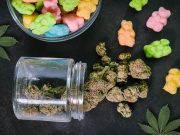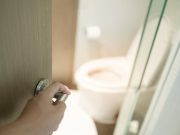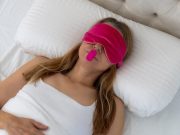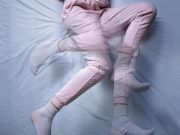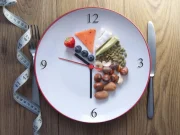Tag: SLE1
Many Young Adults Use Cannabis or Alcohol to Get to Sleep
More than one in five use a substance to get to sleep, with cannabis use more common
Too Much, Too Little Sleep Tied to Overactive Bladder Risk
Risk associated with six hours or less and nine or more hours of sleep
Doctors Warn Against Mouth Taping During Sleep
Adherence to Safe Sleep Practices Declines During, After Infant Illness
Adherence to AAP recommendations was low and decreased among infants with low-acuity illness
Periodic Limb Movements Occur Frequently in Persons With Epilepsy
PLMs detected in 23 percent of those with epilepsy and 26 percent of those with OSA; older age linked to PLMs in those with epilepsy
Inflammatory Activity With IBD Tied to Impaired Sleep
The presence of symptomatic flares alone does not impact sleep quality
Late Childhood Screen Time May Lead to Developmental Changes in Brain
Link to more depressive symptoms during early adolescence could potentially be due to shorter sleep and worse white matter organization
Time-Restricted Eating Does Not Impact Sleep, Mood, Quality of Life
No significant changes seen in sleep, mood, quality of life for TRE versus usual care, regardless of timing of the eating window
Deep Sleep, Daytime Control Key to Nocturnal Enuresis Management
Deep sleep and daytime urinary control more common in the treatment-responsive group
Daytime Napping Behaviors in Middle-Aged, Older Adults Impact Mortality Risk
Increased mortality seen in association with longer nap duration, greater intraindividual variability, more naps from 11 a.m. to 1 p.m., 1 to 3 p.m.


